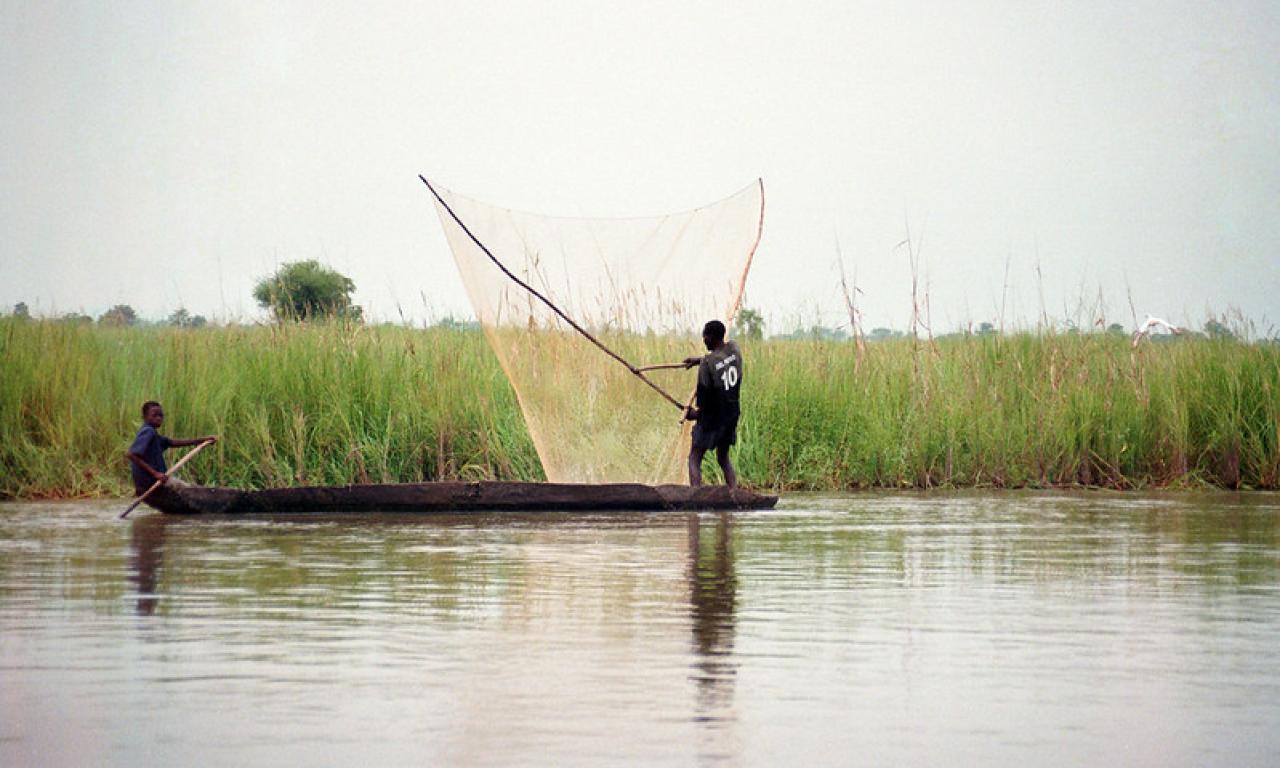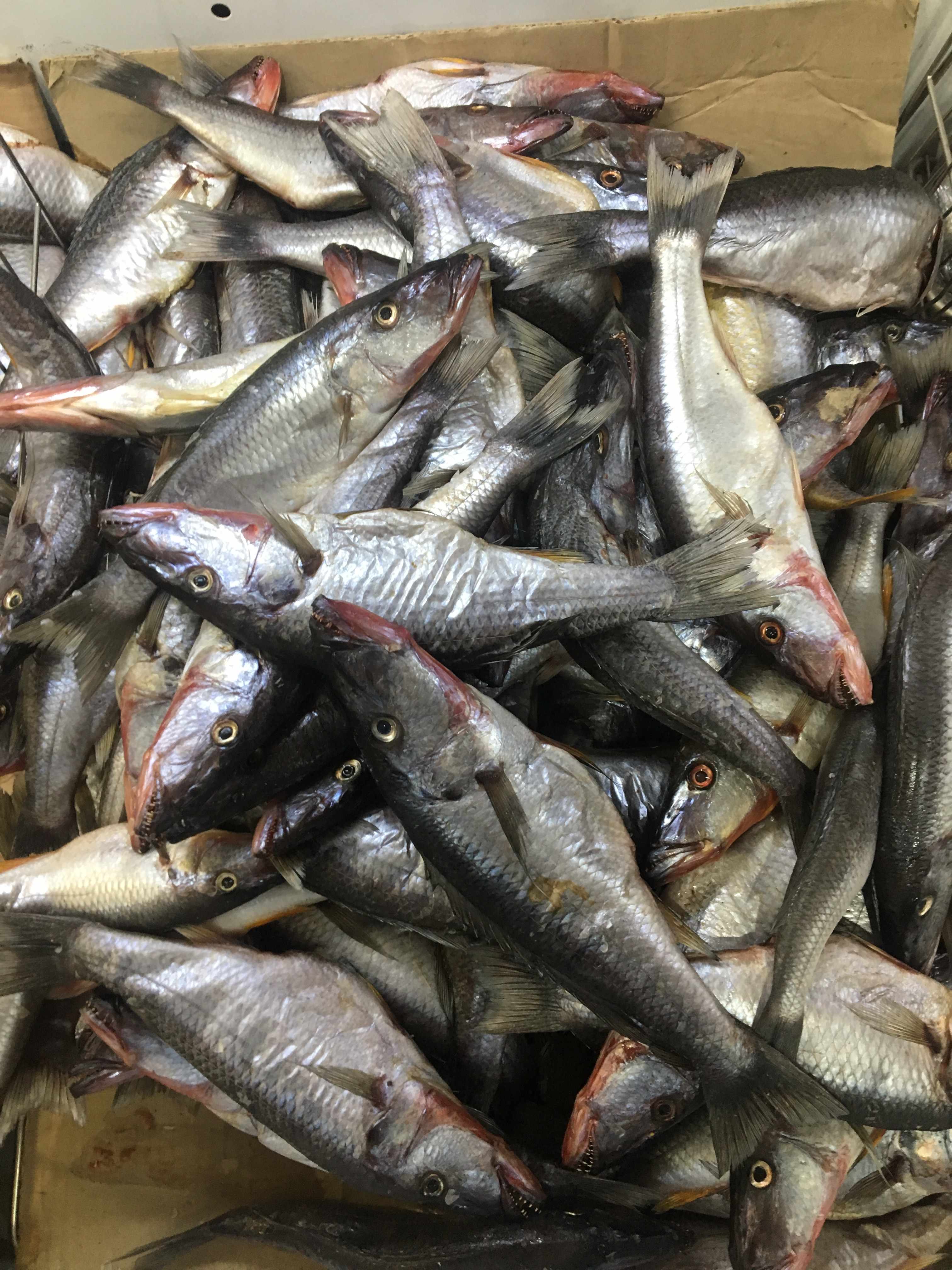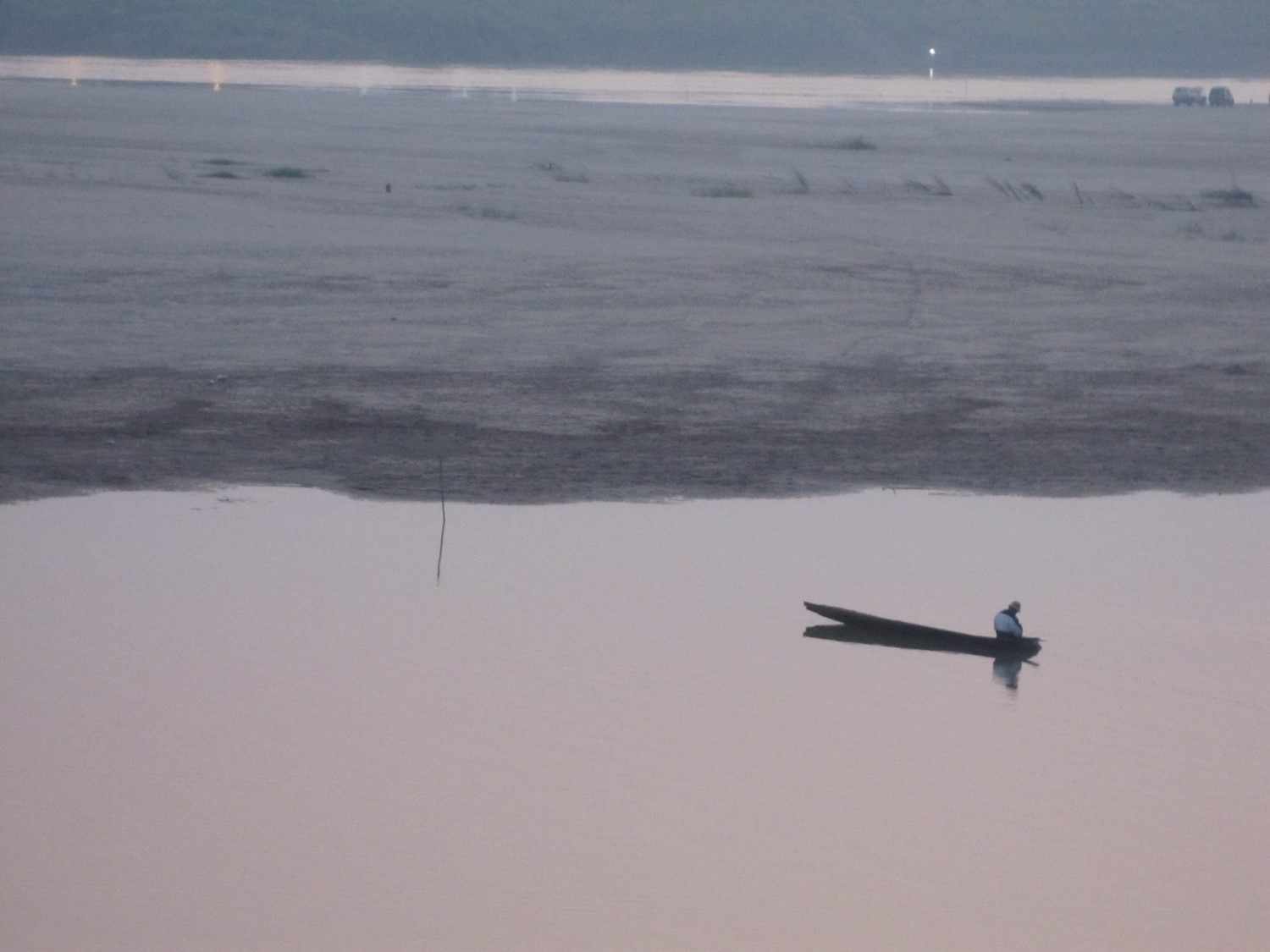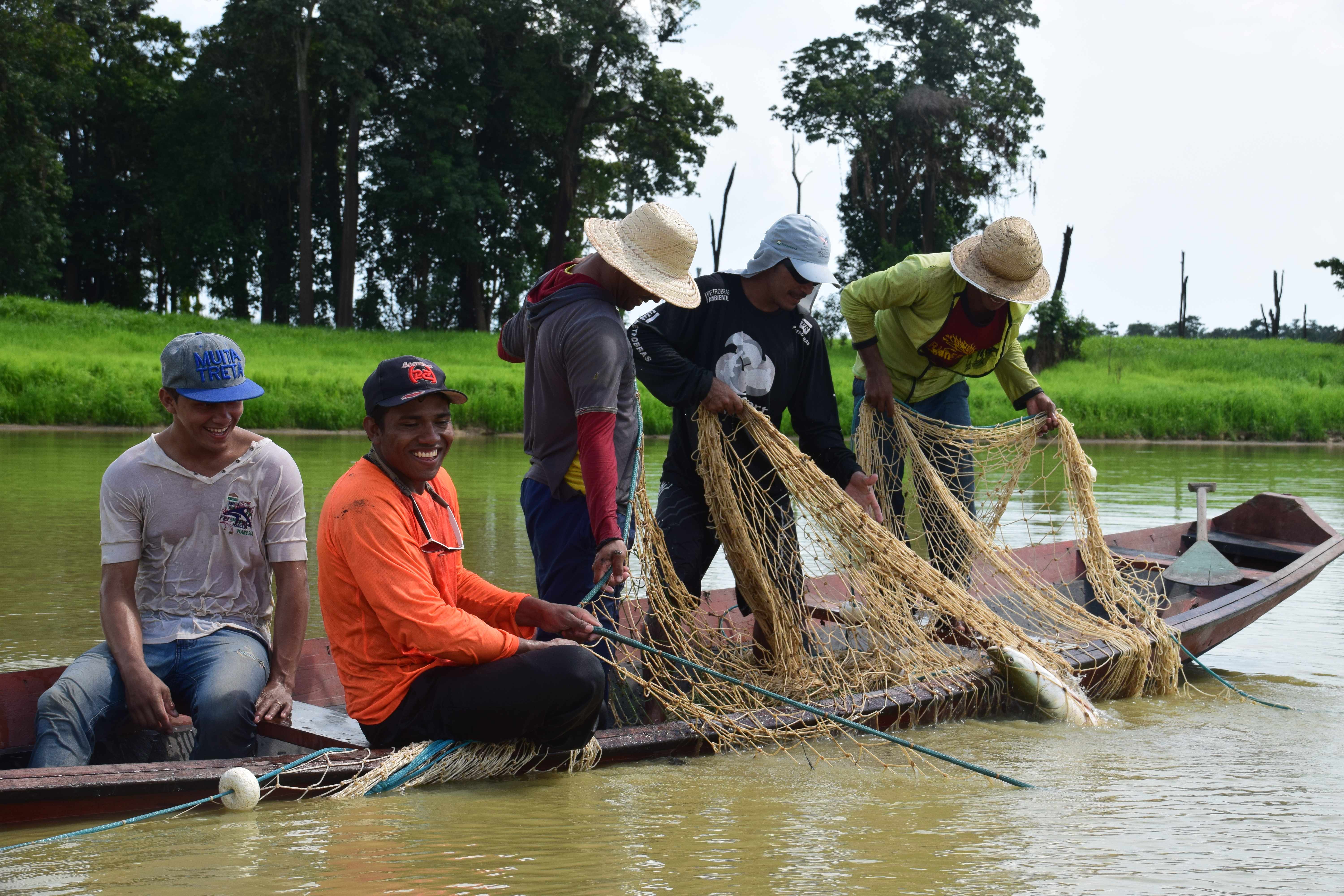
Where does the fish for your favorite curry, stew, or soup come from? Most often people associate fish with the sea, but freshwater fish, from inland lakes and rivers, are the major source of protein for billions of people worldwide. Up to 58 million people are estimated to be employed in the sector and women comprise more than half of that workforce; indirect costs from recreational inland fisheries are valued at over USD 100 billion, and over 40% of global fish species are found in freshwater ecosystems.

Despite these impressive numbers, inland fisheries are frequently undervalued or ignored compared with other key and often data-rich sectors, such as marine fisheries, agriculture, drinking water, power, sanitation and transportation. This is most noticeable in development discussions and policies, such as the United Nations Sustainable Development Goals (SDGs). The SDGs provide a blueprint for achieving a set of aspirational targets that guide the way to a more sustainable future. Countries around the globe have signed up to do their part in meeting these goals and in so doing, to solve some of the world’s greatest challenges like world hunger, poverty and economic growth - "leaving no one behind".
Inland fisheries have great potential to contribute to the broader SDG vision. Providing not only food and nutrition but also livelihoods, income, recreation, cultural services and scientific opportunities, inland fisheries are poised to respond to global food security challenges as well as broader sustainable development aspirations. The provision of sustainable fisheries generally also demands the maintenance of freshwater ecosystems, which support enhanced biodiversity and regulation of water quantity and quality. Inland fisheries are incredibly resilient. With climate and disease impacts threatening to disrupt industrial agricultural practices, fisheries are increasingly a source of valuable protein for rich and poor alike. But environmental challenges, threats from unsustainable development to overfishing, are impacting these important systems.

While the inland fisheries community understands these plights all too well, they often remain invisible in broader arenas. In our recent Nature Sustainability perspective, we set out to show how achieving the SDGs would be enhanced if inland fishery services were integrated into development programs and policy decisions. To emphasize this point among policy makers and stakeholders, we used the current SDG framework to demonstrate the substantial contributions to food security, poverty alleviation, livelihoods, human well-being and ecosystem function.
Our results show that inland fishery services are particularly important in supporting the SDG goals of No Poverty (SDG 1), Zero Hunger (SDG 2), Clean Water and Sanitation (SDG 6), Responsible Consumption and Production (SDG 12) and Life on Land (SDG 15). Aligning inland fishery services based on their relationships to the individual SDGs, our study revealed two distinct groupings: 1) well-being inland fishery services (commercial income; food and nutrition; livelihoods and subsistence income; recreational services); and 2) systems inland fishery services (cultural services; ecosystem function and biodiversity; educational and scientific opportunities within fisheries; regulation of freshwater quality; regulation of freshwater quantity, flow timing, and variability). Addressing the SDGs concurrently, based on the associations that were highlighted by these two groupings, may help governments, development agencies and aid organizations strategically implement more holistic programs that support common themes and/or goals of interest.

SDGs are seen as the global solution for the world’s burgeoning problems. Only by recognizing the true value of inland fish and the range of services they provide will governments be better poised to implement the SDGs and create ‘the future we want.’ This holistic vision requires coordination at multiple scales and among sectors – but a first step is to appreciate that inland fisheries are more than just tasty ingredients in a favorite recipe!
For more information: Lynch, A. J., V. Elliott, S. C. Phang, J. E. Claussen, I. Harrison, K. J. Murchie, E. A. Steel, G. L. Stokes. 2020. Inland fish and fisheries integral to achieving the Sustainable Development Goals. Nature Sustainability. DOI: 10.1038/s41893-020-0517-6
This article first appeared on sustainabilitycommunity.springernature website and it is republished here with the author’s permission.